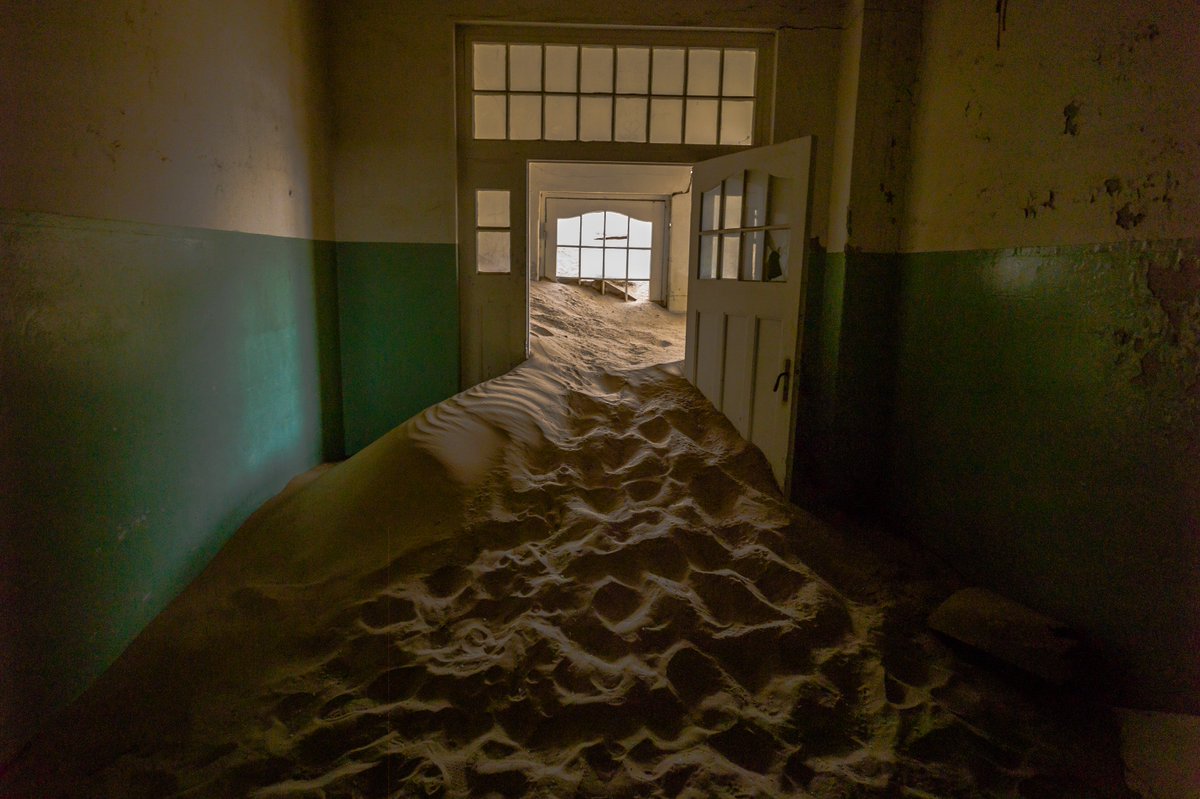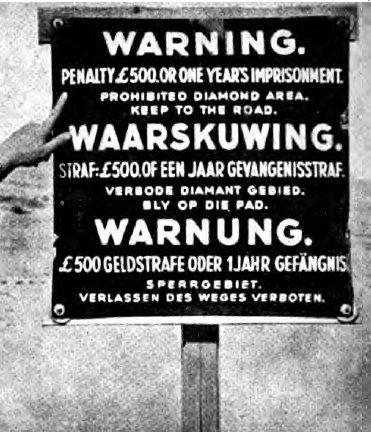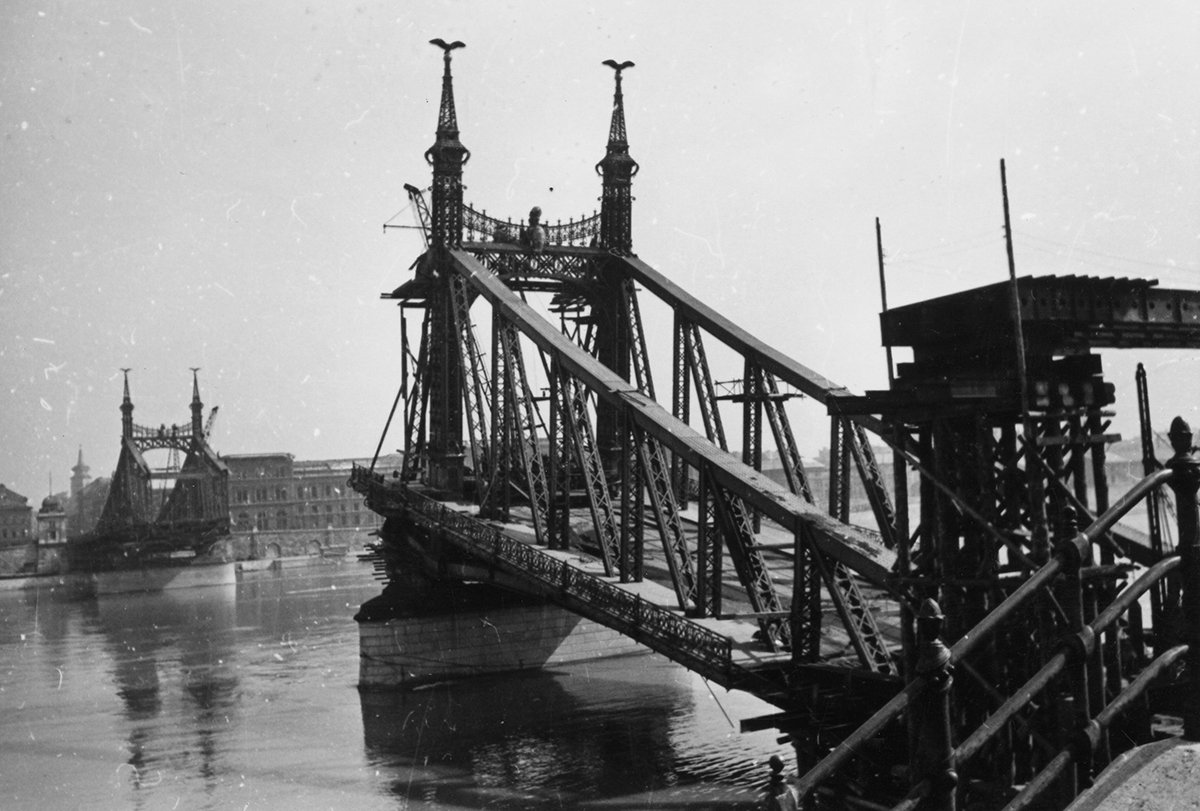With the vast wealth to be found, this barren stretch of desert soon became a thriving colonial town: Kolmanskop.
(Source: mg.co.za/article/2008-0…)
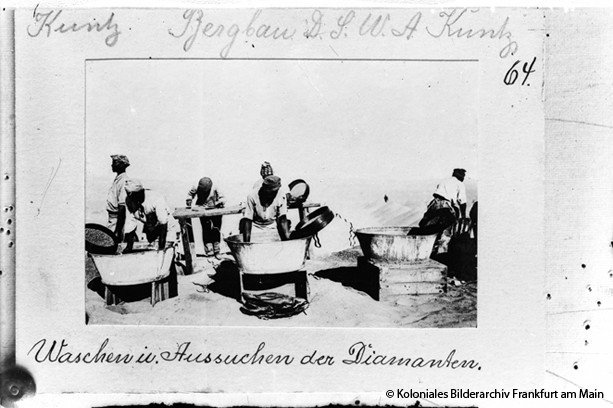
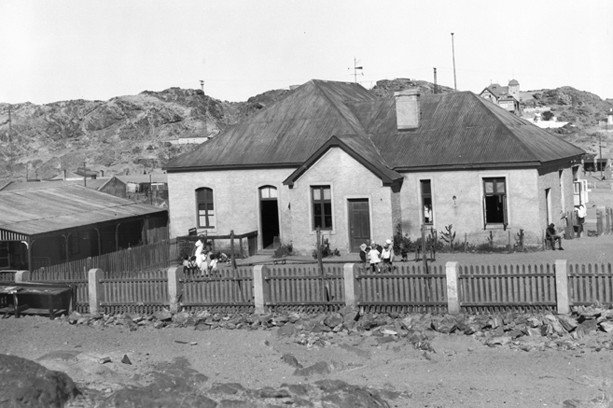
Devoid of other options, they were often employed as labourers in the diamond mines, forced to live in cramped, barracks-like compounds for months.
(Source: thediamondloupe.com/articles/2016-…)
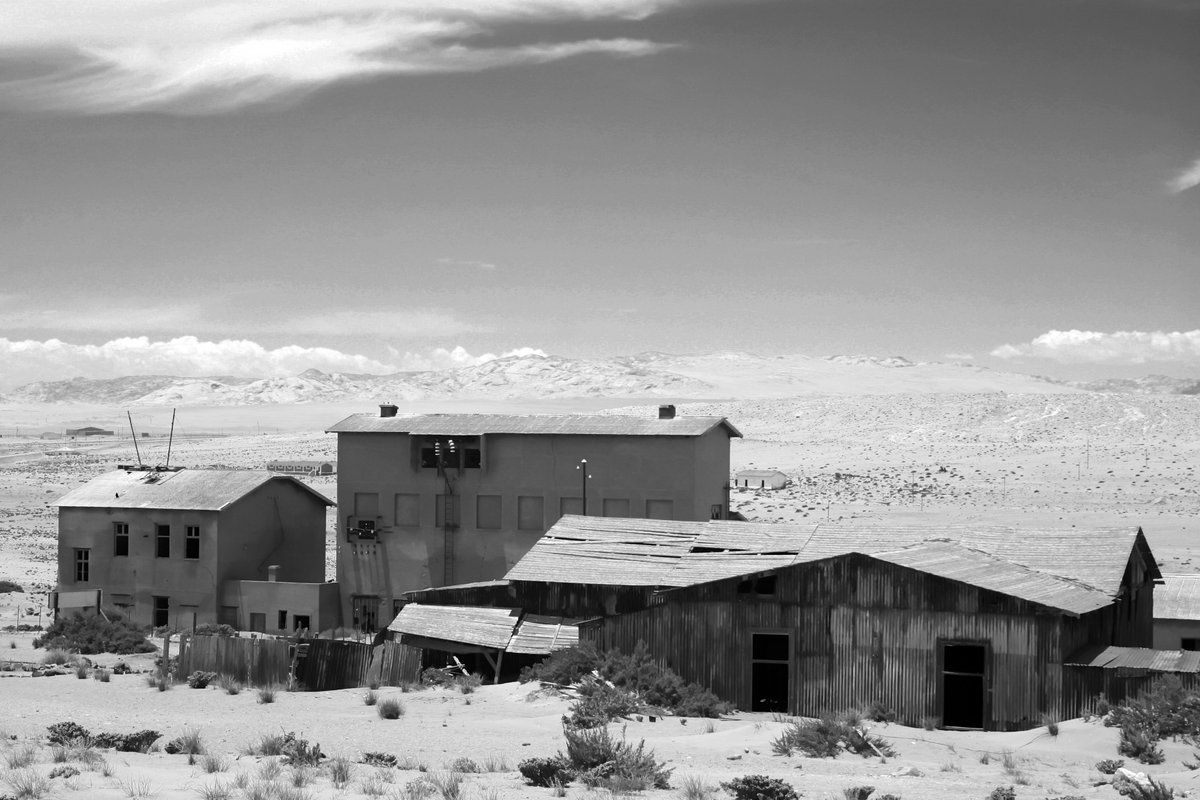
"The ostrich & sleigh was used at Christmas time to bring Father Christmas & presents," one resident remembers.
(Source: namibia-accommodation.com/listing/kolman… 📷mallix; jbdodane)
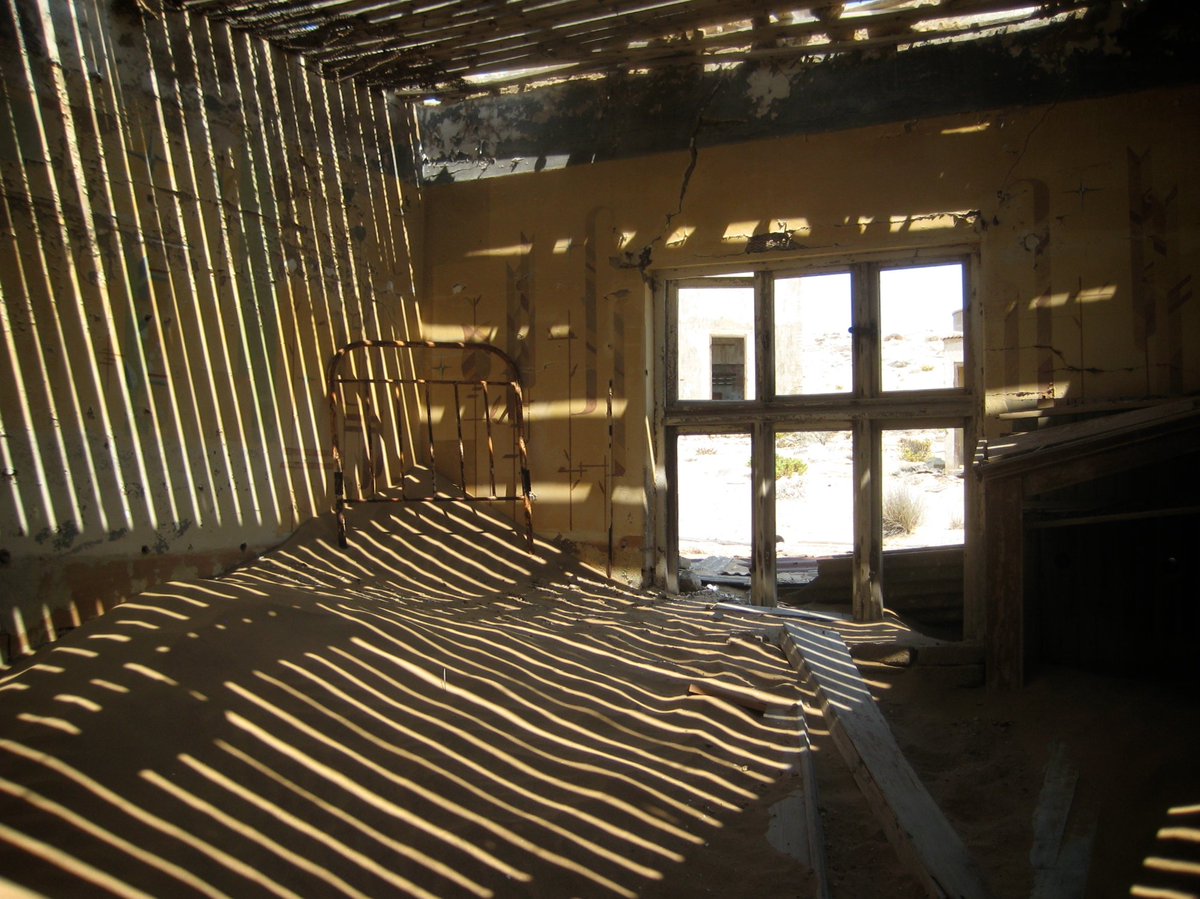
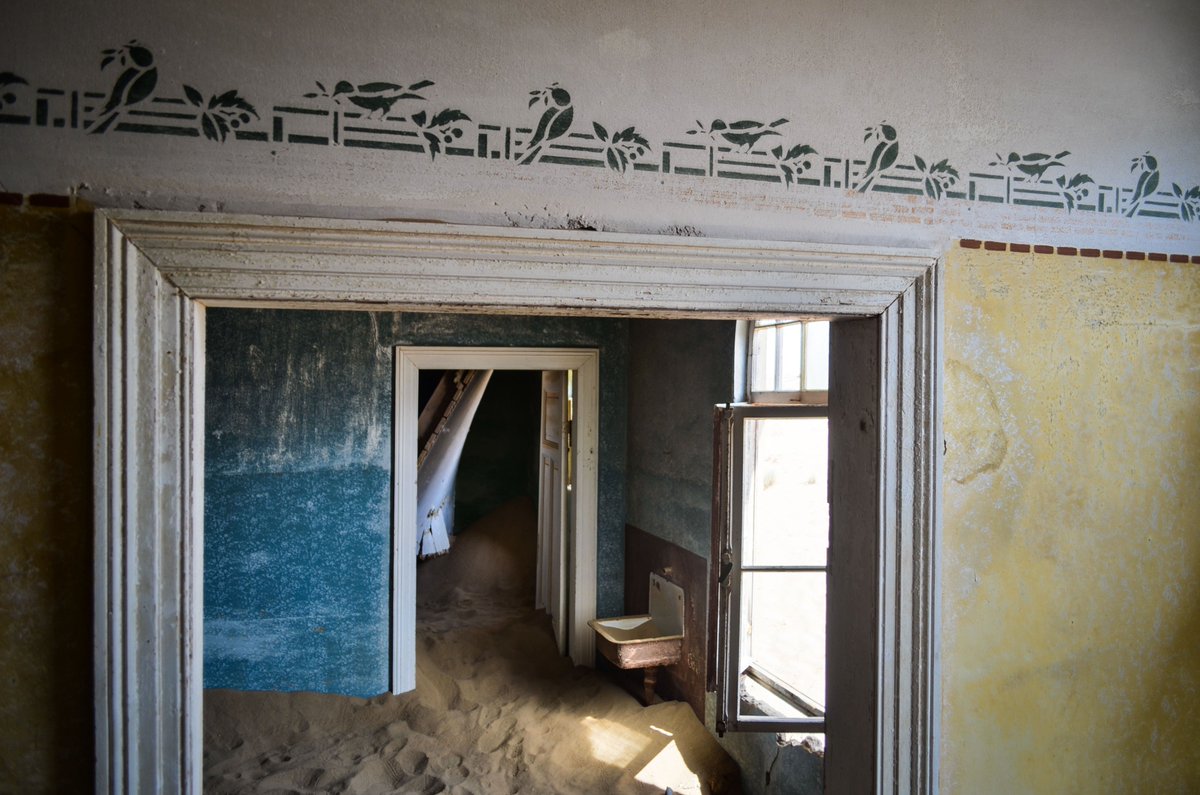
(Source: books.google.co.uk/books?id=_W-ZC… ; 📷jbdodane)
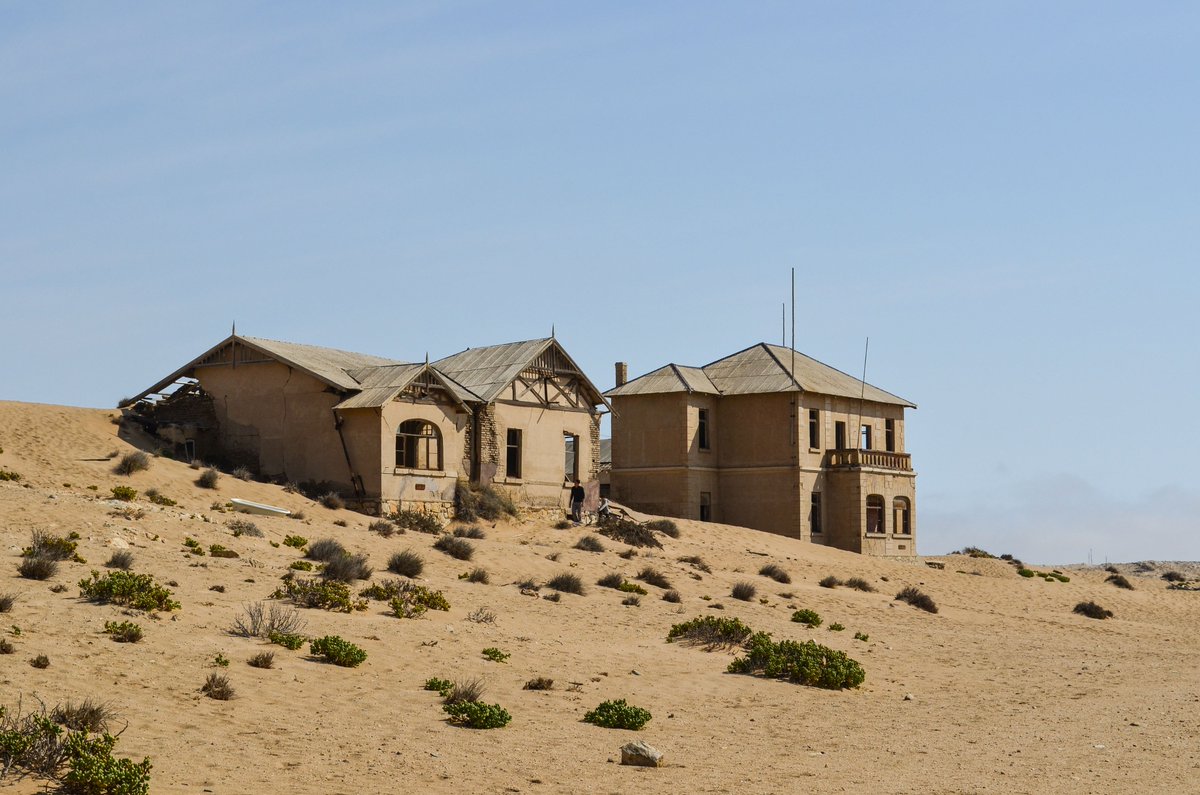
The Sperrgebiet was turned into a national park in 2004, but for now it is still controlled by the De Beers diamond company.
(Source: mg.co.za/article/2008-0… 📷jbdodane)
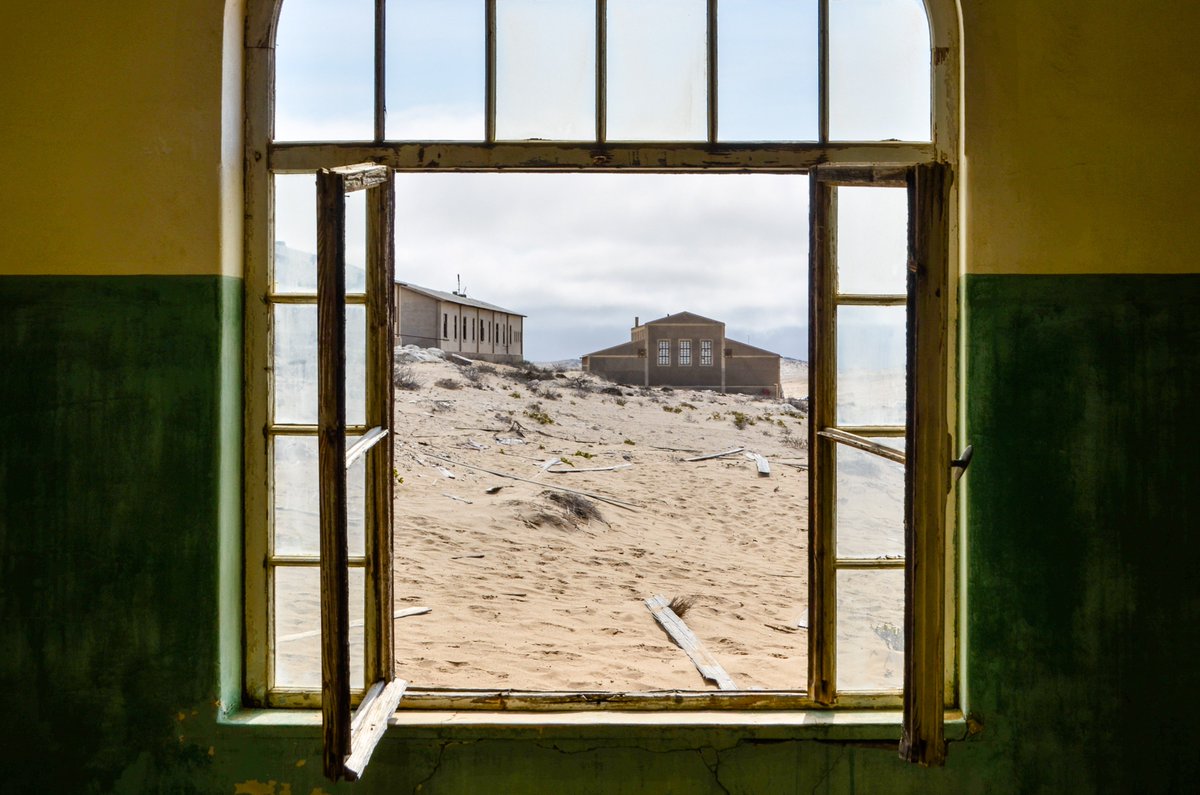
It was only in 1994 that the newly-independent Namibia was awarded a 50-50 stake in their country's diamond extraction.
(Source: nytimes.com/1998/04/27/wor… 📷jbdodane)
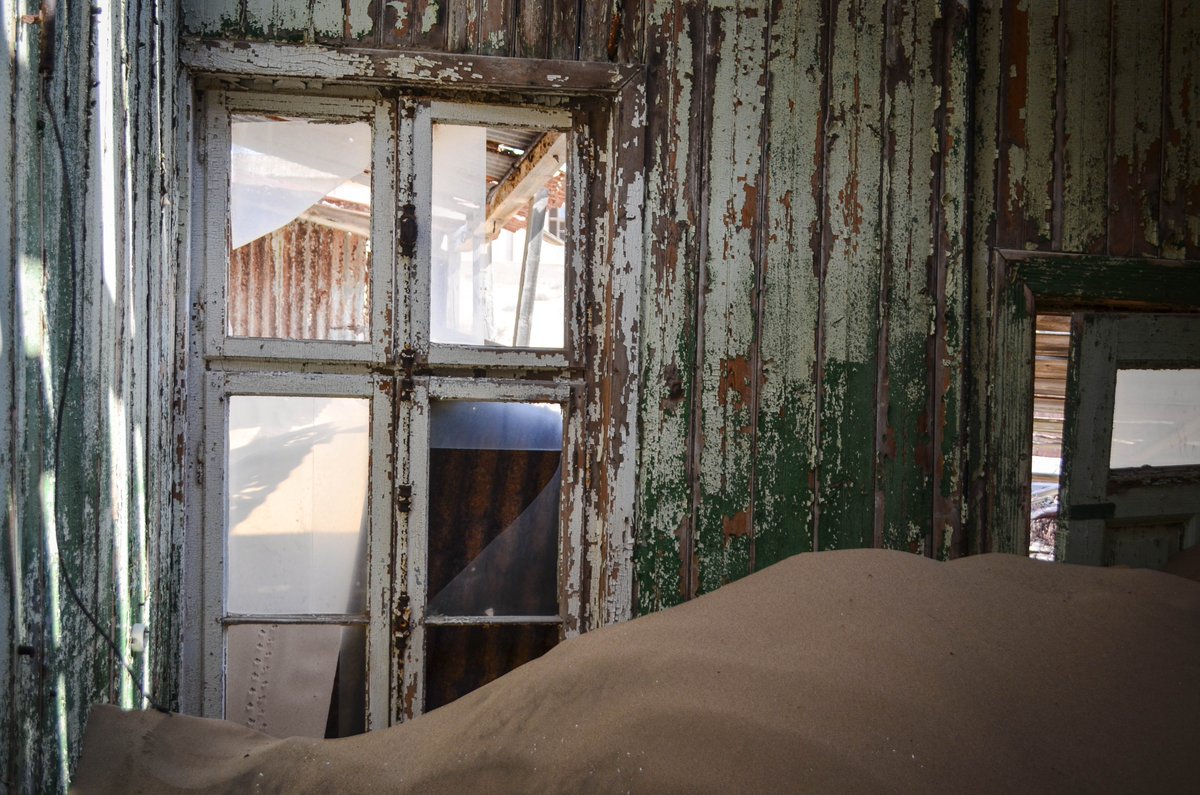
- Kolmanskop: The Ghost Town of Namib Desert: kolmanskop.net
- 100 years of Namibian diamonds: mg.co.za/article/2008-0…
- A Visit To the Sperrgebiet: thediamondloupe.com/articles/2016-…
- Find a diamond in the sand? (NYT): nytimes.com/1998/04/27/wor…
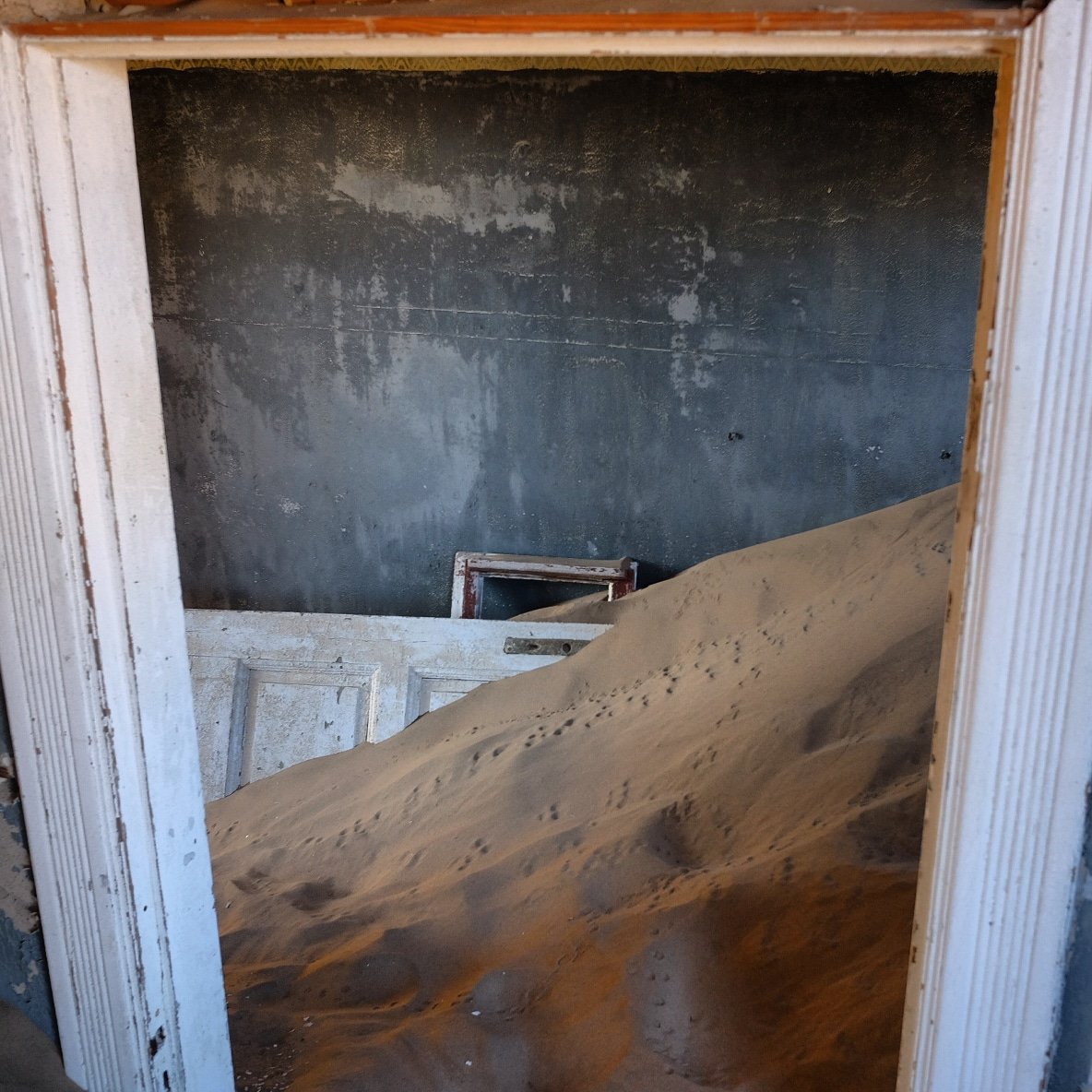
jbdodane: flickr.com/photos/jbdodan…
Damien Du Toit: flickr.com/photos/coda/
Johan Jönsson: commons.wikimedia.org/wiki/User:Julle
Thomas Halfmann: flickr.com/photos/consigl…
